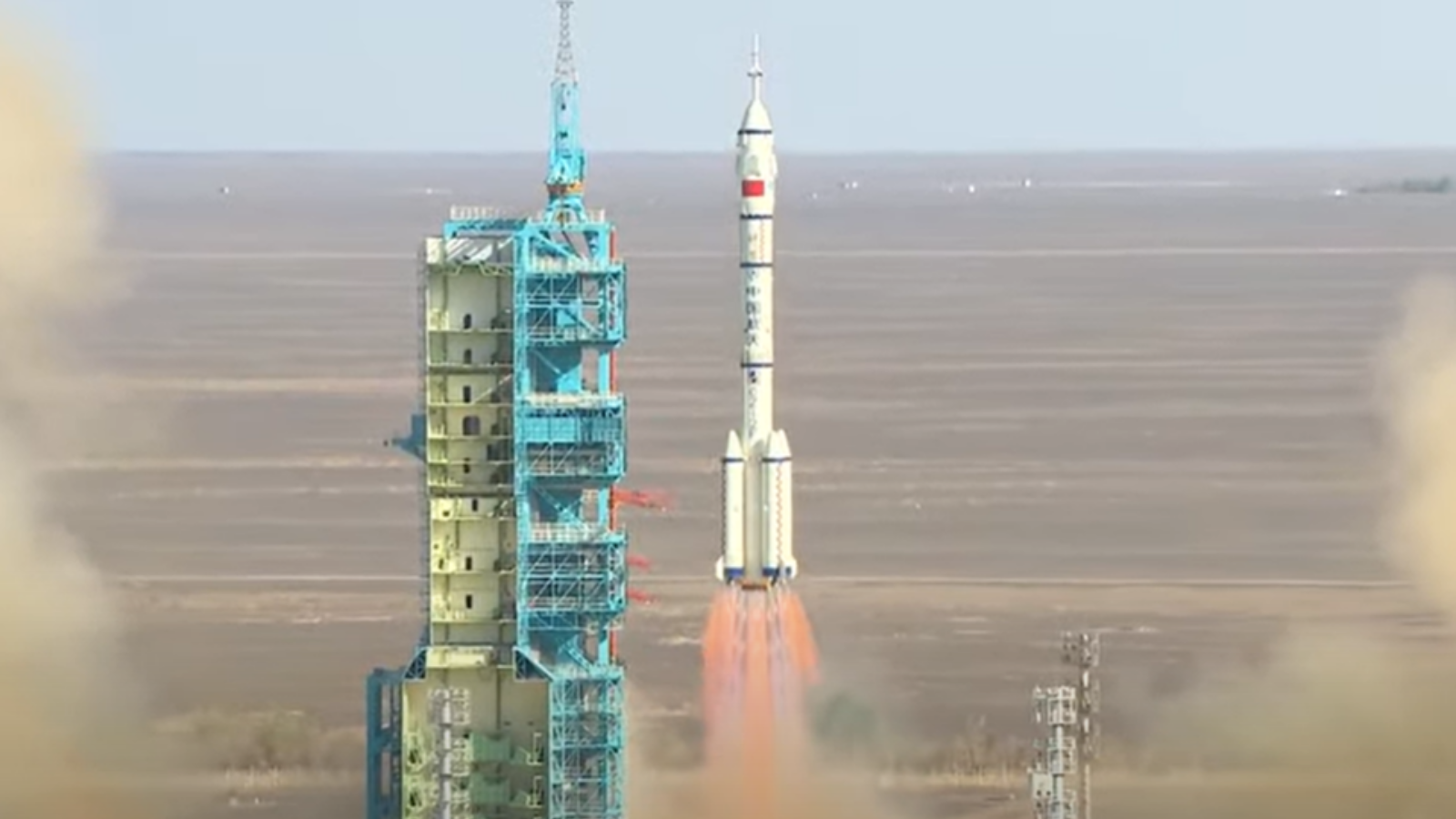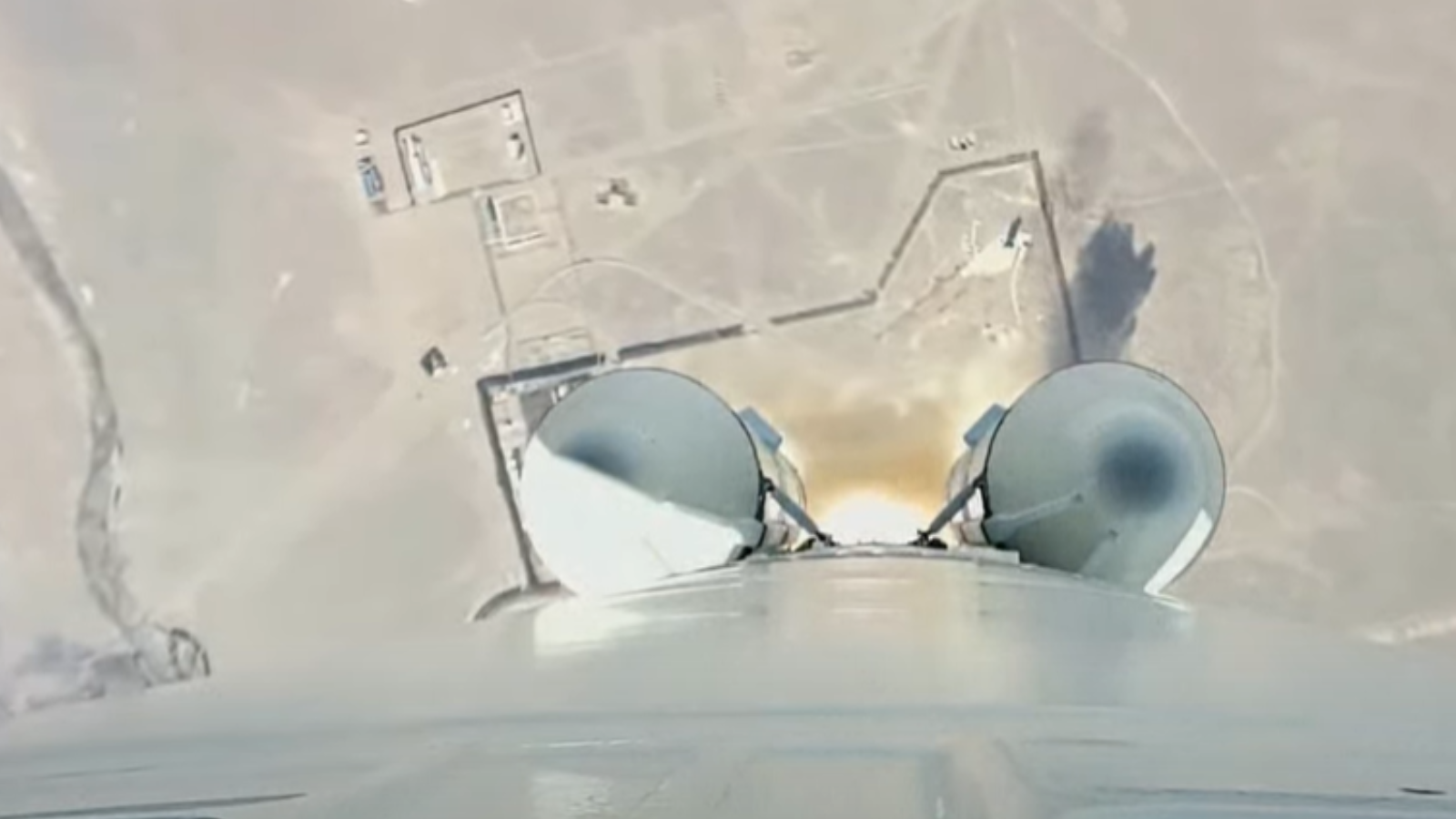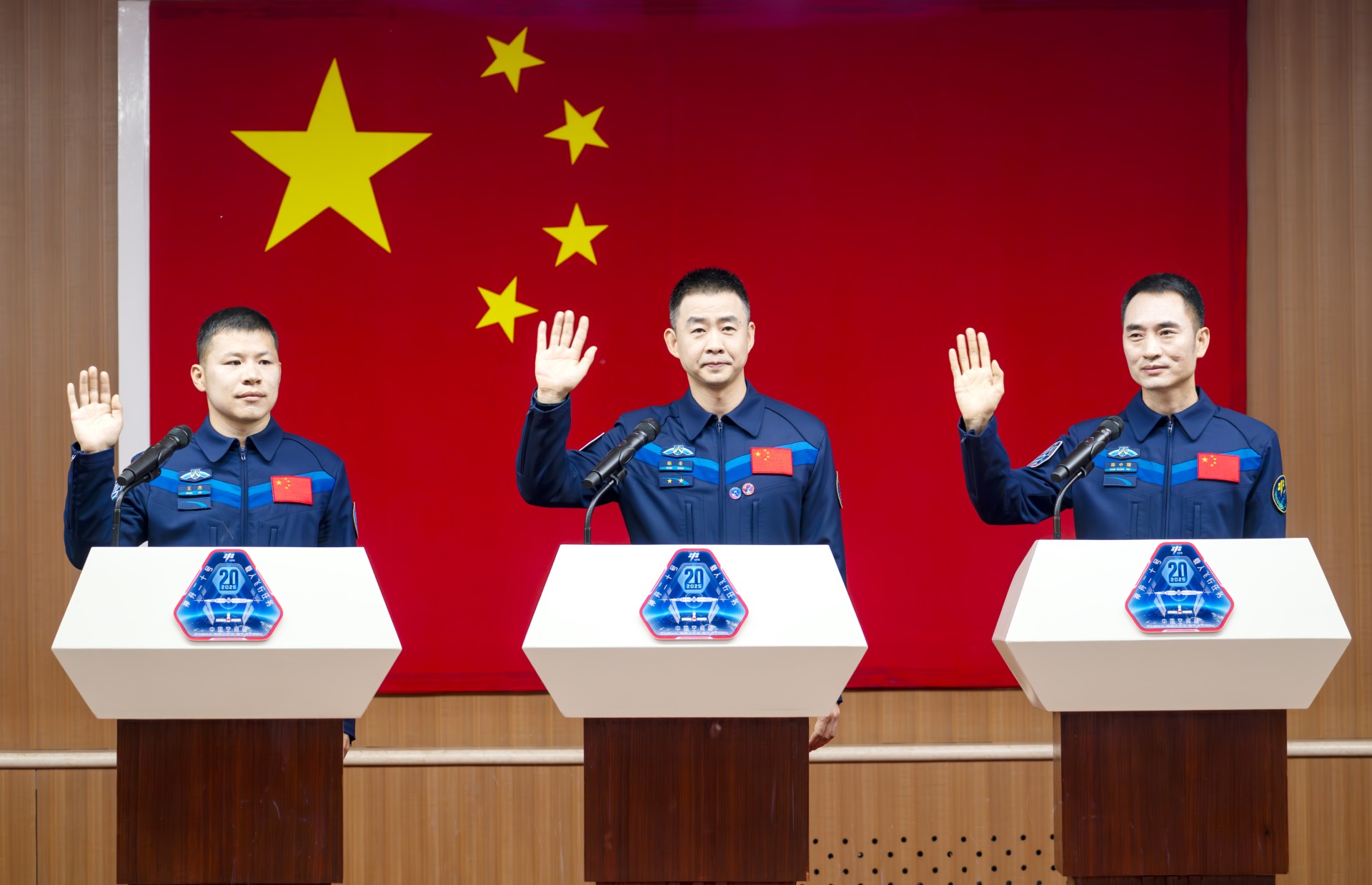The last mission of human space flights from China headed to Orbit Thursday morning (April 24).
A long rocket on March 2 surmounted by the Shenzhou 20 CREW spacecraft left the launch center of the satellite jiuquan in northwestern China on April 24 at 5:17 am HAE (0917 GMT; 17:17 hour Peijing).
Shenzhou 20 wore commander Chen Dong, during his third trip to space, and the astronauts Recus Chen Zhongrui and Wang Jie, both selected for the third consumption of astronauts from China in 2020.

The Shenzhou 20 spacecraft should go to the Tiangong space station approximately 6.5 hours after the launch. There, they will be greeted by the outgoing crew of Shenzhou 19, led by Commander Cai Xuzhe. CAI and his two colleagues will make Tiangong’s control to the astronauts of Shenzhou 20, who will start their six -month mission aboard the space station.
The astronauts of Shenzhou 19 will then leave for the earth in their own spacecraft. The return is scheduled for April 29, according to the airspace closure notices.

Chen Dong has a solid space flight experience, after having stolen in the mission of Shenzhou 11 to two people at the Tiangong 2 Space Lab – a smaller precursor of Tiangong – in 206. He then directed the Shenzhou 14 mission to Tiangong in 2022, which supervised the arrival of the two experienced modules to finish the space station with three modules.
“On the one hand, I feel immense pride and honor to embark on a space trip for my country again. It is a great privilege and joy,” said Chen at a press conference on April 23. “On the other hand, I have greater expectations. Each space flight is unique, and I can’t wait to gain more experience and do new breakthroughs during this mission.”

Chen Zhongrui was previously pilot of the Air Force population of the Liberation of Liberation (also called the Chinese Air Force) while Wang was aerospace engineer with the main Chinese space entrepreneur, CASC.
To become a qualified astronaut, Chen said that he had undergone intense training, covering more than 200 subjects in eight categories, while facing challenges such as centrifuge training and response exercises. He was inspired by a visit to his university by Yang Liwei, the first Chinese astronaut in space. “At the time, I never dared to imagine these years later, I would become an astronaut myself,” he said.
Wang said that he, as an engineer in space flight, will help the other two astronauts and will be mainly responsible for the management of materials in the scientific objectives of the mission.
“We are ready and we can’t wait to go to space,” said Wang. “This time, the responsibility was placed on our shoulders. I think it is a sense of duty. We hope to do our work, effectively manage the space station and succeed in our experimental projects during the six months in space.”
China will launch the Tianzhou 9 cargo replenishment mission to Tiangong during the time of the Shenzhou 20 astronauts on board the space station, offering fresh supplies, the propellant to maintain Tiangong orbit and new experiences and materials.
Shenzhou 20 is the ninth crew mission directed towards Tiangong – which orbit between 217 and 280 miles (340 to 450 kilometers) above the earth – and will be the sixth visit since the three modules orbital was fully assembled in October 2022. Shenzhou 20 will be the fifth mission of the Space Space Space Agency (CMSA).
China plans to keep Tiangong, which is around 20% as massive as the International Space Station (ISS), permanently inhabited for at least a decade. The country also wishes to extend the space station with new modules and open the outpost to commercial activities.
CMSA and Pakistan are currently working together in preparation for the first foreign astronaut to fly to Tiangong.


